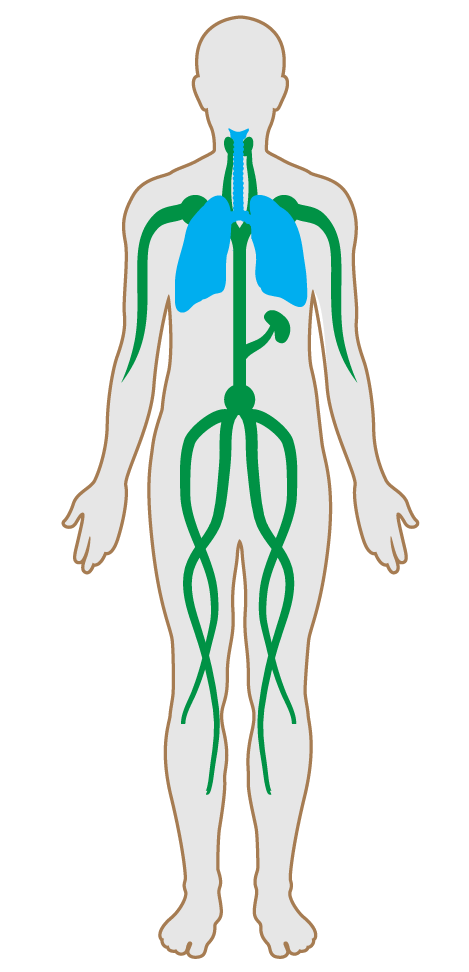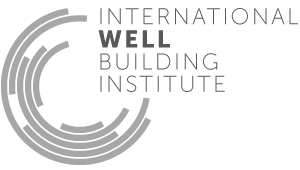Moisture management
- 1 Air quality standards
- 2 Smoking ban
- 3 Ventilation effectiveness
- 4 VOC reduction
- 5 Air filtration
- 6 Microbe and mold control
- 7 Construction pollution management
- 8 Healthy entrance
- 9 Cleaning protocol
- 10 Pesticide management
- 11 Fundamental material safety
- 12 Moisture management
- 13 Air flush
- 14 Air infiltration management
- 15 Increased ventilation
- 16 Humidity control
- 17 Direct source ventilation
- 18 Air quality monitoring and feedback
- 19 Operable windows
- 20 Outdoor air systems
- 21 Displacement ventilation
- 22 Pest control
- 23 Advanced air purification
- 24 Combustion minimization
- 25 Toxic material reduction
- 26 Enhanced material safety
- 27 Antimicrobial surfaces
- 28 Cleanable environment
- 208 Injury prevention
12. Moisture management
Good design principles and strategies to mitigate water damage help preserve good indoor air quality. Moisture enters buildings and building assemblies in four ways: bulk water, capillary water, air-transported moisture and vapor diffusion. In addition to preventing wetting from all four channels, managing moisture is also about promoting drying potential.
This feature requires actions for each type of moisture movement. Properly managing moisture can reduce the health risks of pests, mold and bacterial loads.
Lighting simulations demonstrate that the following conditions are expected:
To prevent leaks and water damage, one of the following is installed:
To prevent the wicking of water between porous building materials, one of the following capillary break methods is used:
To mitigate wetting by condensation from thermal bypasses (thermal bridges and air leaks), the following requirements are met:
This requirement is met by one of the following methods:

Applicability Matrix
| Core & Shell | Tenant Improvement | New Construction | |
|---|---|---|---|
| Part 1: Healthy Sunlight Exposure | O | O | O |
| Part 2: Interior Bulk Water Damage Management | P | O | P |
| Part 3: Capillary Water Management | P | O | P |
| Part 4: Wetting by Condensation | P | O | P |
| Part 5: Dedicated Drying Potential of Assemblies | - | - | - |
| Commercial Kitchen | Schools | Multifamily Residential | Restaurant | Retail | |
|---|---|---|---|---|---|
| Part 1: Healthy Sunlight Exposure | O | O | O | O | O |
| Part 2: Interior Bulk Water Damage Management | P | P | P | P | O |
| Part 3: Capillary Water Management | P | P | P | P | O |
| Part 4: Wetting by Condensation | P | P | P | P | O |
| Part 5: Dedicated Drying Potential of Assemblies | - | - | - | - | - |
Verification Methods Matrix
| Letters of Assurance | Annotated Documents | On-Site Checks | |
|---|---|---|---|
|
PART 1 (Design) Healthy Sunlight Exposure |
Architectural Drawing | ||
|
PART 2 (Design) Interior Bulk Water Damage Management |
MEP | ||
|
PART 3 (Design) Capillary Water Management |
Architect | ||
|
PART 4 (Design) Wetting by Condensation |
Architect |
| 12.4.e |
USGBC's LEED v4 BD+C EQ Credit: Construction Indoor Air Quality Management Plan requires that absorptive materials stored on-site and installed are protected from moisture damage. |
| 12.1.b |
EPA 402-F-13053 notes to design buildings such that the interior floor grade is above the local water table. |
| 12.1.d |
EPA 402-F-13053 advises to consider key elements of moisture behavior, including transport mechanisms such as moisture wicking through porous materials. |
| 12.1.c |
EPA 402-F-13053 notes to design exterior walls to manage rainwater. |
| 12.1.a |
EPA 402-F-13053 notes that effectively controlling water intrusion requires directing drain rain and irrigation water away frm the building. |
| 12.2.a |
EPA 402-F-13053 notes that leaks in pipes or tanks in the plumbing system can release water. |
| 12.2.b |
EPA 402-F-13053 notes that moisture problems include leaks in pressurized pipes and vessels in appliances that use water. |
| 12.2.c |
EPA 402-F-13053 advises to consider key elements of moisture behavior, including transport mechanisms such as moisture wicking through porous materials. |
| 12.2.d |
EPA 402-F-13053 notes to "avoid enclosing wet materials in new construction by protecting moisture-sensitive and porous materials" as part of a comprehensive strategy to control liquid water movement. |
| 12.3.a |
EPA 402-F-13053 notes that in low-rise buildings, damp basements and crawlspaces may add water vapor to the air. |
| 12.3.b |
EPA 402-F-13053 notes that air that infiltrates the building through air leaks represents one of the largest sources of humidity. |
| 12.3.c |
EPA 402-F-13053 notes that condensation may be caused by "excessively high dew point, unusually cold surfaces, or a combination of the two." |
| 12.3.d |
EPA 402-F-13053 notes that "oversized cooling systems do not solve humidity control problems—instead, they cause them." |
| 12.4.a |
EPA 402-F-13053 advises to use materials able to tolerate repeated wetting and drying in wet areas. The document also notes that particularly in buildings in cold climates, it is important to consider the condensation potential of glazing designs. |
| 12.4.b |
EPA 402-F-13053 notes that exterior cladding and other measures can intercept most of the rain water and direct it away from the building. |
| 12.4.c |
EPA 402-F-13053 advises to use materials able to tolerate repeated wetting and drying in wet areas. |
| 12.4.d |
EPA 402-F-13053 advises to use low-permeability insulating sheathing and interior finishes. |
